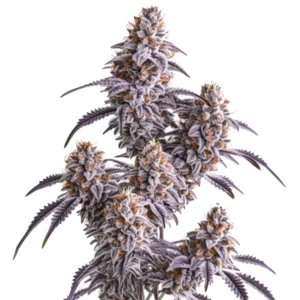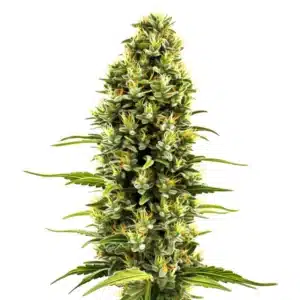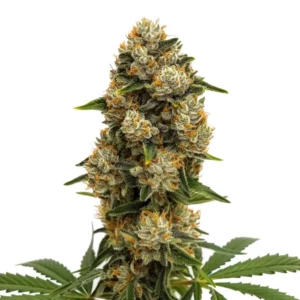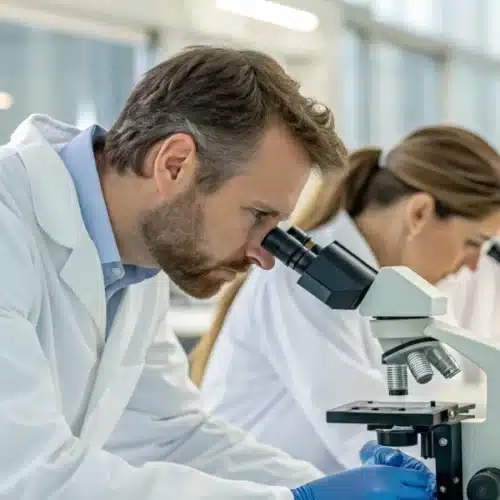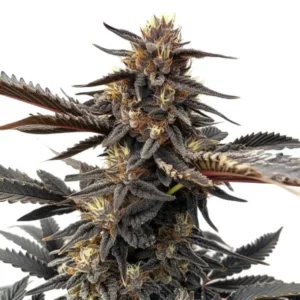We must first point out that diatoms are small aquatic organisms that were part of ancient times. Those with skeletons are made of a substance called silica. This is why it is said that diatomaceous earth is made from the fossilized remains of diatoms. Today, diatoms are found in large reserves all over the world and are extracted. The powder that is ground is what diatomaceous earth is made of. Interestingly, just like how diatomaceous earth strengthens plants by providing essential minerals, diatomaceous earth cannabis applications highlight its value in improving plant resilience and growth, strains like Sexxpot and Purple Punch x Do-Si-Dos can benefit greatly from enhanced silica absorption, leading to even stronger, more robust growth.
Also, there are diatoms that are used in the food area; however, we are interested in diatoms for the use of growing weed. Some are registered for use with pesticides, such as insecticides, which slice through the tiny skeleton of insects like knives. This mechanism is similar to how Scott OG and Forbidden Zkittlez thrive when protected from pests using organic methods, keeping their flavorful profiles intact for the final harvest.
How to use diatomaceous earth
The most effective way to use Diatoms is by spreading a thin layer on top of the substrate, covering all the cropland so that insects cannot surround the diatoms. After the substrate gets wet from rain or watering, you can apply this powder to fight mites. We must be clear that diatoms help combat some insects in particular, such as those with soft skeletons. For example, Papaya thrives in environments where diatomaceous earth is used to fend off soft-bodied insects, ensuring that the plant’s unique tropical essence is preserved throughout the grow cycle.
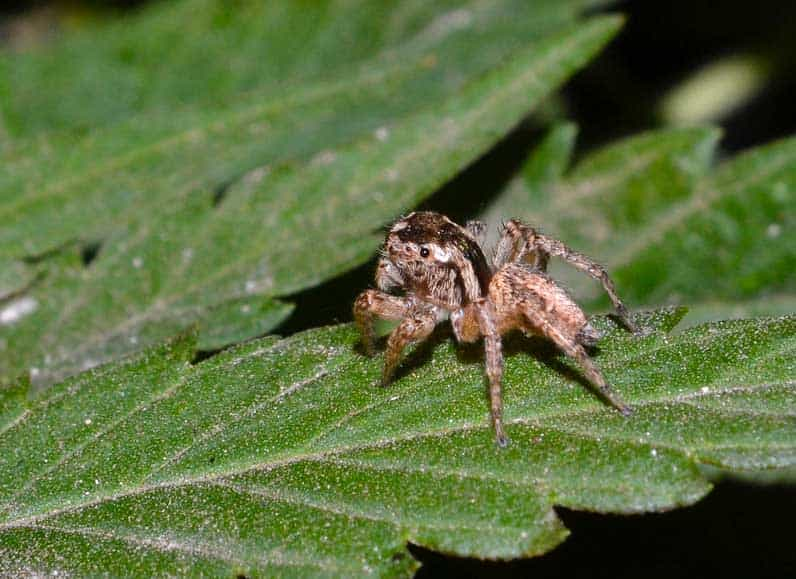
In the case of mosquitoes or fungi, they are affected because diatomaceous earth tends to dry out the substrate, thus limiting their water sources. On the other hand, mites and aphids do not seem to be as affected by this soil. In these cases, it’s always good to look for other methods to fight against unwanted insects. In spite of that, we recommend mixing the substrate with diatomaceous earth before starting to use the soil for cultivation. This will provide the plants with a good dose of silica, a mineral that strengthens the cell walls of plants and makes them more tolerant to drought and heat. Just like how diatomaceous earth protects plants, strains such as Sexxpot and Papaya can develop a stronger resistance to environmental stressors, enhancing their overall yield.
Experienced gardeners recommend making a solution that consists of four tablespoons of Diatomaceous Earth per gallon of water. After this, the mixture is shaken, and it is good to wear a mask before applying the fertilizer to avoid inhaling particles. At this point, the tops and bottoms of the leaves should be sprayed evenly. It is good if the leaves are wet but not soggy. It is recommended that this system be used for as long as the plants are in the vegetative stage because if it is done during flowering, the buds can be damaged by excess moisture. Furthermore, if you consume these particles when smoking, it is not good for your health.
Promos & Deals
Diatomaceous rock
Diatoms are also found on the market in the form of solid rock, another type of presentation that can be used for growing cannabis in hydroponics. This is a good thing, as it is absorbent, durable, porous, pH neutral, and good for the environment. In addition to silica, it also contains essential minerals for plant growth. Hydroponic crops can develop much more and deliver more harvest than in a substrate culture, and diatomaceous earth for weed plants proves to be an excellent addition, ensuring robust growth and higher yields and together with the silicate of the diatom in rock, your weed plants will develop in your garden in a more robust and healthy way with much thicker stem walls.

Now, if you are going to grow cannabis, we recommend that you make a 50% mixture of Diatoms in rock and another 50% of clay balls. If you do it in large pots, your plants will have better aeration. Some of the benefits of diatom rock include providing a high silica content which helps plants mature better and stronger. Another important detail is that silica is capable of absorbing 2.5 times its weight in water.
But that’s not all because they also provide excellent thermal insulation and aeration to the root zone of your cannabis plants. It can be reused once you have finished with the cultivation cycle because you can wash the diatom rock, submerging it in a solution of a tablespoon of bleach per gallon of water for 24 hours. The rest is rinsed and reused.
Big plants and great stability
When diatoms are used in the substrate or soil where cannabis is grown, it can be especially beneficial because it releases nutrients so that they are available to plants as needed. As we already said, the silica content of diatoms is essential for its nutrition, an issue that occurs as plants can absorb it through their tissues which helps improve the plant’s ability to respond and receive more nutrients as diatoms are activated. This contributes to better harvests of marijuana plants and maintains better stability in the face of small changes in PH that may exist in the cultivation cycle.
All of the above means that diatomaceous earth-enhanced soil can exchange air and water more easily. Plants grow best when they have a good air supply and adequate moisture content. In the case, diatomaceous earth or diatomaceous earth in stone can increase both of these factors. All of this would not be possible without the great composition of this land which is formed as follows:
|
ASSIMILABLE PHOSPHORUS (P2 O5) |
3.00 % |
|
WATER SOLUBLE CALCIUM (CaO) |
12.00 % |
|
WATER SOLUBLE MAGNESIUM (MgO) |
0.44 % |
|
WATER SOLUBLE COPPER (Cu) |
2.50% |
|
WATER SOLUBLE IRON (Fe). |
3.50% |
|
WATER SOLUBLE MANGANESE (Mn) |
0.27% |
|
SILICON SOLUBLE IN HCL (SiO2) |
45% |
|
Humidity |
1.52% |
In addition to the components shown in the table, we can affirm that this element contains more than 30 minerals, including silica, silver, aluminum, arsenic, barium, manganese, cobalt, chromium, copper, iron, beryllium, calcium, cadmium, molybdenum, sodium, niobium, nickel, bismuth, phosphorus, lead, antimony, lithium, zinc, strontium, mercury, potassium, lanthanum, magnesium, tellurium, thorium, titanium, thallium, uranium, vanadium, tungsten, scandium, tin, and zirconium penetrate in the plasma of the plant, circulating through the sap.
It not only eliminates internal or external parasites and viruses because diatoms manage to fill gaps in demineralized farmland. Today, modern industrial agriculture only deals with providing inorganic macro elements, which in the absence of microelements, cannot be assimilated by plants. So, to achieve this double result, Diatoms diluted in water should be used as we taught you at the beginning of this blog.
Other use and benefits of Diatomaceous
As we have already pointed out, the use of diatomaceous earth also has a food purpose and is used both in animals and in other types of vegetables and fruits. Here, we tell you which of them you can use to have a protected, productive, and ecological organic garden.
With tomatoes, it is very effective because it fights the “white fly”, the cutter caterpillars, and the “tomato moths”, among other insects. If you enjoy growing aubergines, you should know that you can also use them for this vegetable because it fights against “sprout worms and aphids”. Perhaps you want to experiment on your farm growing good wheat. Here, you will see benefits against unwanted visitors such as “sytophilus oryzac”, “oryzaephilus surinamensis”, tribolium, castaneum, among other enemies that can affect your harvest. Something similar happens with corn.
Some of the benefits that we have already described in this blog are complemented by those that we tell you about below:
- Diatoms are not toxic to people or animals. For this reason, they can be applied in public places such as urban gardens or in your cannabis club to the weed they grow for their members since it does not entail any health risk.
- This soil is suitable to be applied without any risk of intoxication in your garden at home so that your weed plants are healthier, without the risk that your pets, who love to eat the plants, may be affected.
- Insects do not generate resistance and do not become immune to treatment as is often the case with chemical insecticides. Therefore, you do not have to worry about the rebirth of these unwanted visitors in your cultivation.
- Does not produce toxic residues in plants and fruits. Although previously, we told you that by concentrating a good dose, the diatom particles in the buds could damage your health, one of the benefits of this soil is that it is not toxic. For this reason, you are not at risk of intoxication. It does not damage the flower, the leaves, or the fruit. This can happen with some mineral or chemical-type fertilizers that tend to over fertilize plants, damaging the buds, branches, and leaves of weed plants.
- Its insecticidal effect last as a preventive measure. Of course, diatoms are applied preventively to the plant, to stop the proliferation of unwanted insects and pests.
- It is biodegradable and respectful of the environment, therefore, it is a very usable product in organic farming which seeks to work together with nature in a respectful way.
Ways to prevent pests organically
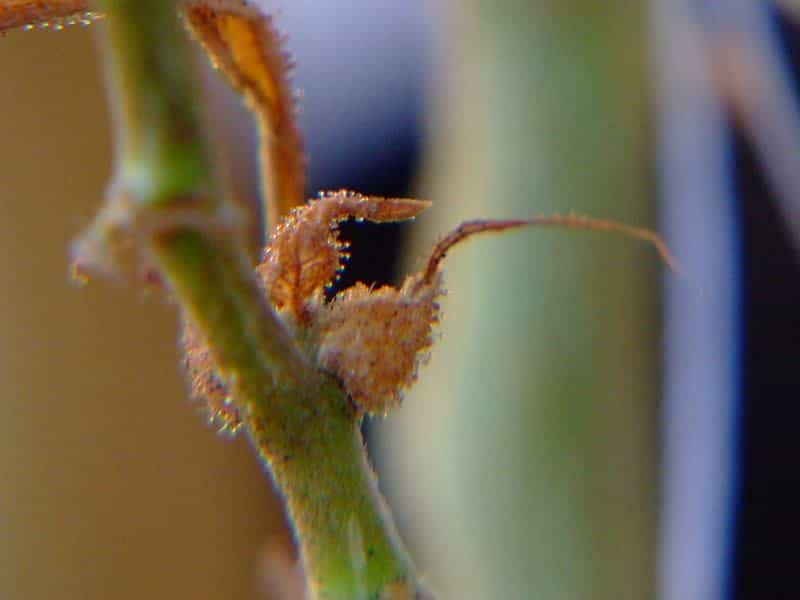
- Constantly look at the plants, analyze their changes, and try to be attentive to the appearance of unwanted visits.
- You can add a layer of vermiculite above the soil and spray it with a mixture of water and neem. It helps many insects that leave their eggs on the ground find a more hostile environment.
- Try to have the lights of the cultivation area turned off when you do any preventive irrigation because the leaves can be affected.
- The time in which preventives are applied is fundamental. That is why it is recommended that they be done for 10 to 15 days.
- Do not pass our plants to flowering in case they are infected. The first thing is to kill the plague and then we switch to the flowering phase.
- Always buy properly sterilized and quality soil. This is really important because the soil in which your plants grow is the house where they will develop until they are harvested.
In short, this diatomaceous earth offers great help and protection for cannabis plants and their soil without risk of toxicity, but you should be careful because it can irritate the skin, eyes, nose, and throat when inhaled, especially in large quantities. You will see how your plants develop in a healthier and more organic way with this soil which you can use preventively or mixed directly with the substrate where you grow your weed plants. This will also allow you to produce better harvests and healthier buds.
You already know all the benefits of the magnificent diatomaceous earth, its pros and cons, and everything that can help you during the cultivation of your cannabis plants. Do not forget that you can also use this type of organic fertilizer in a different way. We must be clear that if you do not take care of other factors in your crop, you may not get the results you expect.


